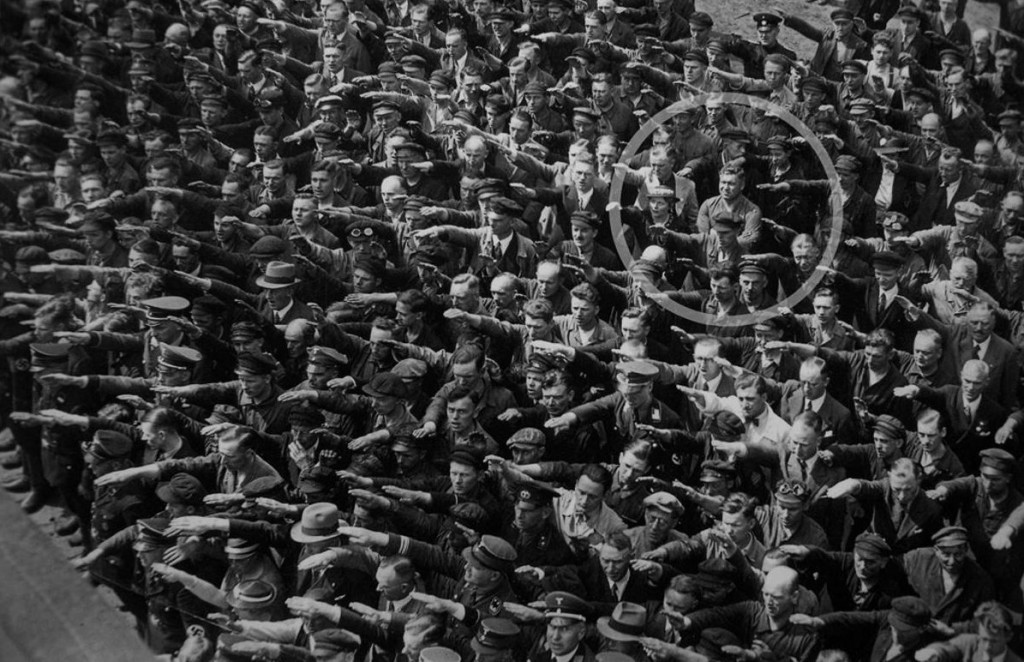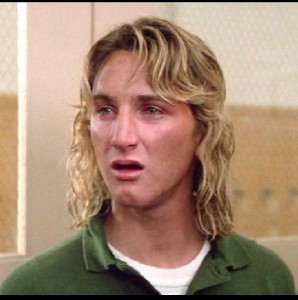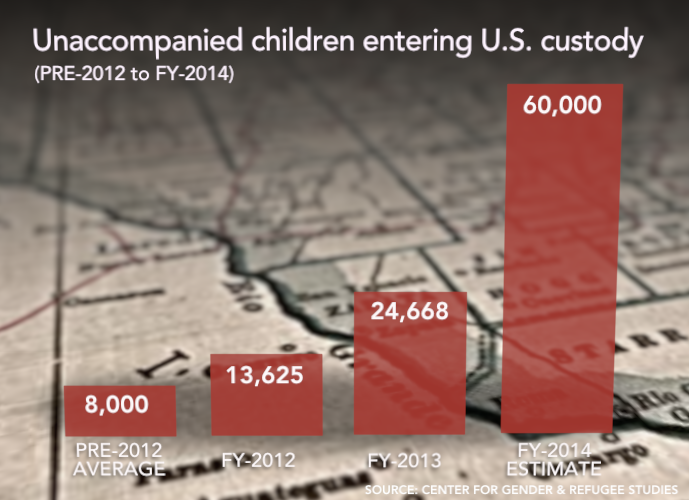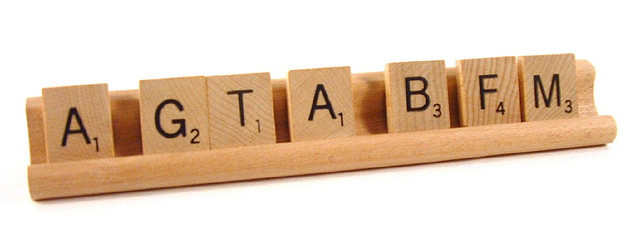Throughout history, poverty is the normal condition of man. Advances which permit this norm to be exceeded — here and there, now and then — are the work of an extremely small minority, frequently despised, often condemned, and almost always opposed by all right-thinking people. Whenever this tiny minority is kept from creating, or (as sometimes happens) is driven out of a society, the people then slip back into abject poverty.
This is known as “bad luck.”
—Robert Heinlein (1907-1988)







 As I mentioned in that previous post, Trump has tapped into a deep, powerful current of frustration among regular Americans about illegal immigration. Much of Trump’s traction derives from his tough, unapologetic, refreshingly un-PC proclamations about how illegal immigration is weakening our nation.
As I mentioned in that previous post, Trump has tapped into a deep, powerful current of frustration among regular Americans about illegal immigration. Much of Trump’s traction derives from his tough, unapologetic, refreshingly un-PC proclamations about how illegal immigration is weakening our nation. Of all the factors driving Trump’s appeal, this is perhaps the most troubling to me. History reveals that in times of crisis or societal disintegration, people are prone to clamor for a powerful, even brutal, figure—the strongman—with a iron will to put things back in order.
Of all the factors driving Trump’s appeal, this is perhaps the most troubling to me. History reveals that in times of crisis or societal disintegration, people are prone to clamor for a powerful, even brutal, figure—the strongman—with a iron will to put things back in order.





